Why Thin Vegetable Seedlings?
Vegetables need space to grow, but many times it’s just not practical to start seeds off with the desired final spacing. Plants started in pots are usually not a problem. You can separate them when it’s time to transplant outdoors. Plants that are direct seeded in the ground and especially seeds of root vegetables, are another matter. These plants will need to be thinned out.
Thinning seedlings produces healthier plants and higher yields by:
- Allowing room for proper growth
- Reducing competition for water and nutrients from nearby plants
- Allowing for good air circulation between plants
Some larger seeds, like radishes and parsnips, can be spaced at planting, but you don’t always get 100% germination and you could wind up with spaces within your rows. Some seeds may look large, like beets, but they are actually little clusters of seeds. Even spacing these out will result in overcrowded seedlings.

When to Thin Vegetable Seedlings
- Seedlings are usually thinned once they have 1-2 sets of true leaves. Most will be 2-3″ tall by then and easy enough to grasp and pull.
- Thinning while the soil is damp will help you pull just the excess plants while leaving the ones you want to keep.
- Thinning in the evening gives the remaining plants a chance to adjust before being exposed to heat and sunlight.

How To Thin Vegetable Seedlings
Plants like flowers and leafy vegetables like lettuce and spinach can be thinned by gently pulling the unwanted plants. If you are growing in blocks, not rows, you can try simply running a flexible rake through the seedlings. Plants won’t be perfectly spaced, but it will open more space for them to grow.
Root vegetables, like onions, beets and carrots, can be more sensitive to thinning because disturbing the roots while young can cause deformation. Transplanting long rooted vegetables, like carrots and turnips, will cause them to fork. You’ll want to pull one seedling at a time or try cutting the unwanted seedlings at the soil line, instead of pulling. Spacing will vary by varieties and whether you want your vegetables to grow to full size, but in general, leave the anticipated size of the mature vegetable plus a couple of inches on either side. Your seed packet will list optimal spacing.
Vegetable plants that need thinning include:
 Beets (3-6″ spacing)
Beets (3-6″ spacing)
Carrots (2-3″ spacing)
Lettuce (18-24″ spacing)
Onions (3-5″ spacing)
Parsnips (3-6″ spacing)
Radishes (2-3″ spacing)
Rutabagas (8″ spacing)
Spinach (2-6″ spacing)
Turnips (2-4″ spacing)
It can be rough to sacrifice so many vegetable plants. Some seedlings, like lettuce, beets and spinach, can be harvested and tossed into you salad at anytime, so all is not lost.
Originally posted at: Lafayette Real Estate News

Leave a Reply